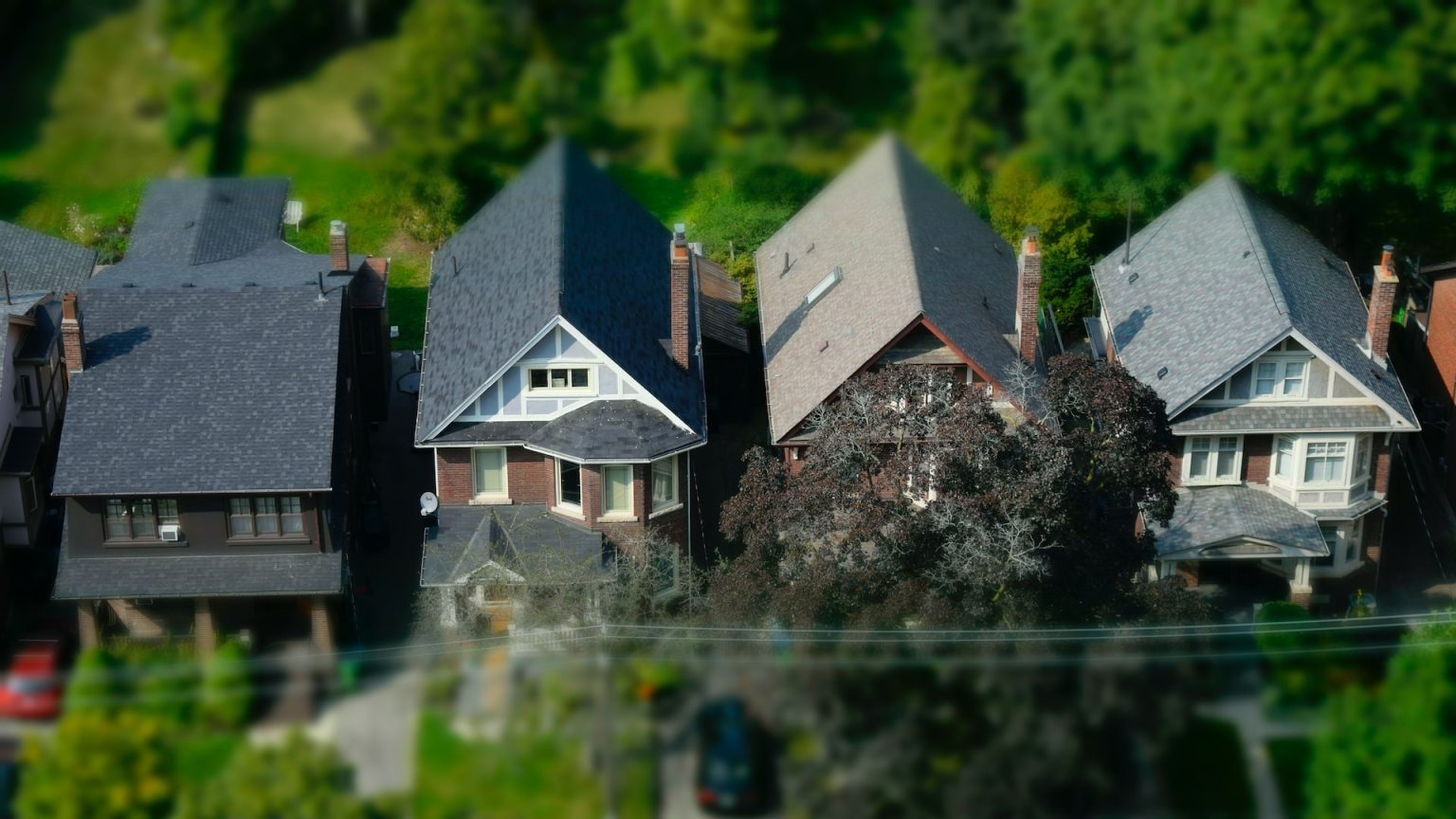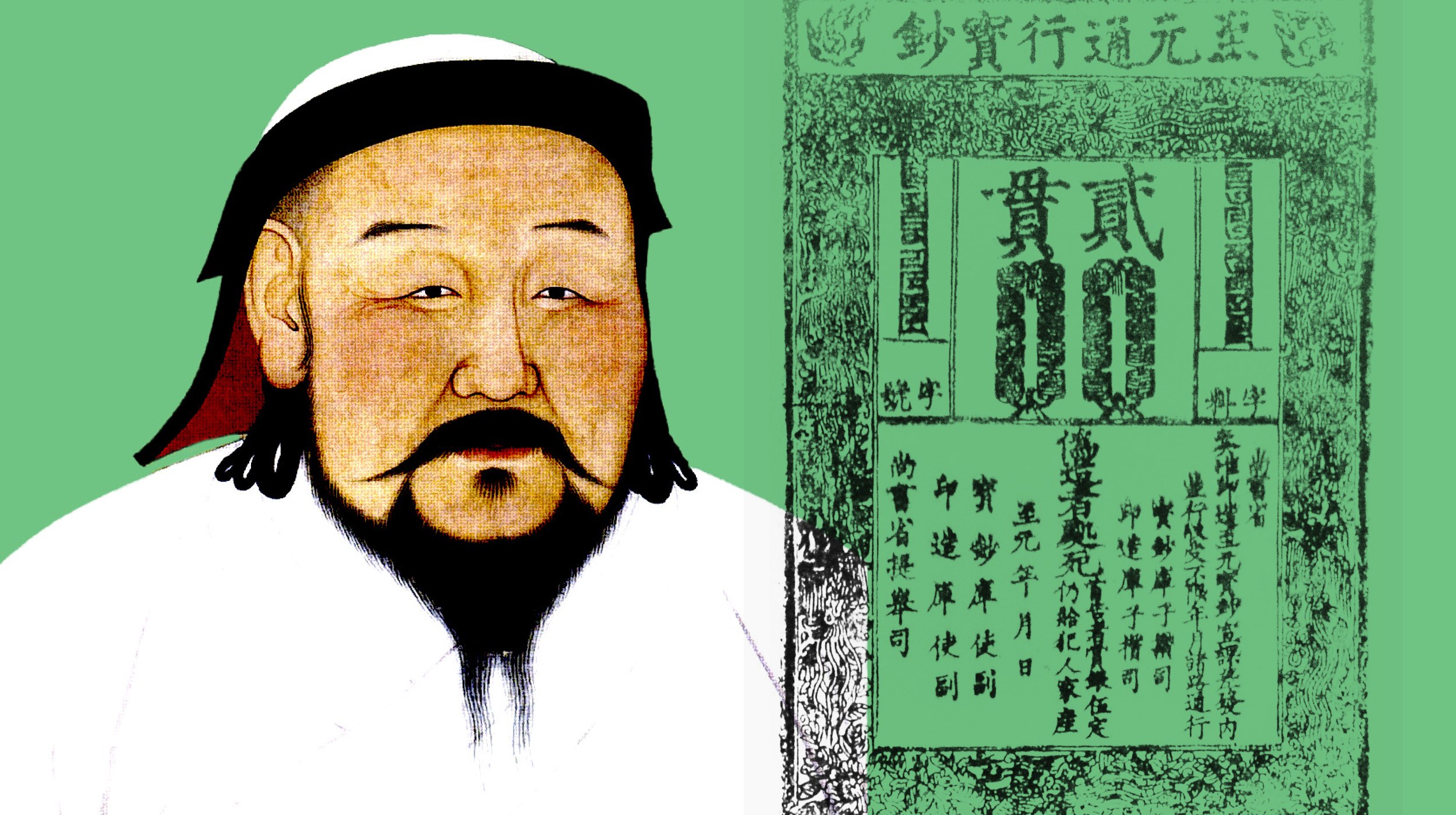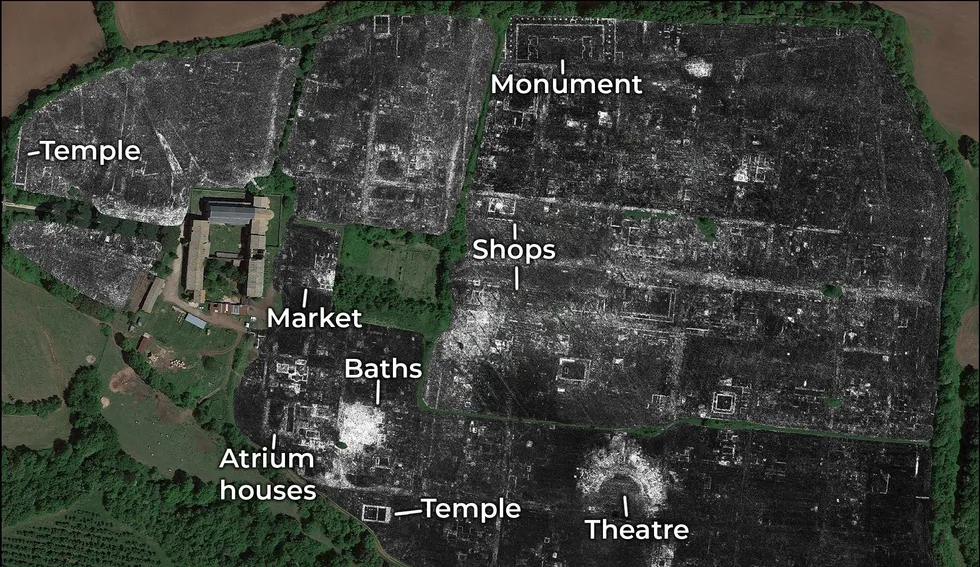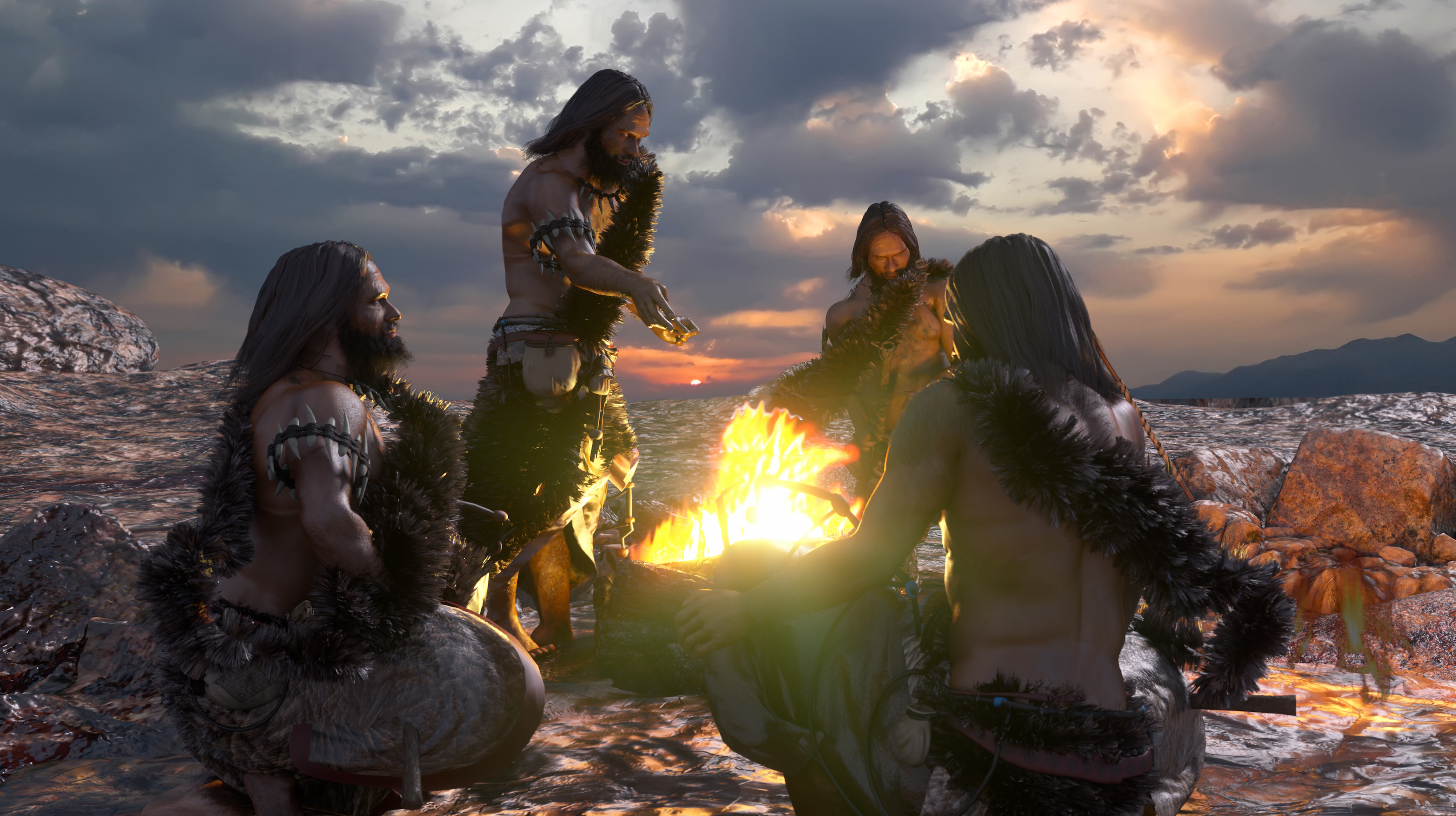5 ways ancient Persia shaped our modern world
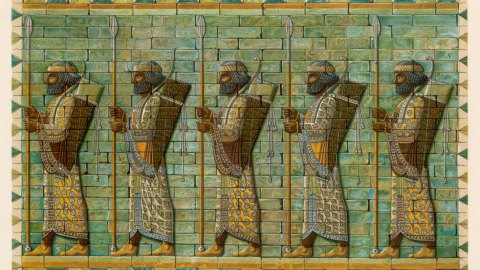
- The Persian Empire has been vilified by Greek historians and overlooked by Eurocentric perceptions of history.
- Yet they gave the world so much: a postal service, a road network, a functioning government, and even gardens.
- We tend to focus more on the empires after Persia — Rome and the Islamic caliphates — but these were the inheritors of Persian ingenuity.
It’s often said that history is written by the winners. But when you look back on the ancient world, it’s more accurate to say that history is written by historians. Although China has a strong claim, many tend to cite ancient Greece as the birthplace of history as a discipline. In Herodotus and Thucydides, we see the origins of the historical method — a vaguely reputable attempt to document events, and not a somewhat-historical imaginarium of magical beasts, bored gods, and local heroes. And how did the Greeks use their histories? Well, to slander their enemies. In Greek “history,” we see the Persian Empire as a place of dissolute, depraved, decadent demons who sought only the death and enslavement of all civilized peoples.
This vilification of the Persian Empire continued through two millennia of Eurocentric education – a “whig” historical account which went from Greece to Rome to Knights to Britain and then to America. Another issue, once historians realized the “rest of the world” might offer at least something, is that the study of Persia suffered for want of primary sources available to Western institutions. There were very few Persian translations (not to mention texts to translate). Even today, Amazon has over 20,000 books on Ancient Greece and Ancient Rome. Persia doesn’t even have its own section.
Yet the Persians were one of the greatest civilizations in the world. If you speak to any Iranian, they will not be so easily quieted on Persia’s contributions to the world. The very reason Iran, today, is such a proud and distinct place owes itself, partially, to the light that was Persia.
So, what did the Persian Empire — which once covered modern-day Iran, Egypt, Turkey, and parts of Afghanistan and Pakistan — provide the world? Well, here are five things the Persians did for us.
All roads lead to Persepolis
Roads date back a long time. Egypt and Sumeria had roads. Heck, the first-ever settlements probably used some cobbles to cobble together a road. But the Persians introduced The Royal Road. Under the Achaemenid Dynasty (550–330 BCE), they built a network of over 2,500 kilometers of roads, from their outer fringe provinces to their beating capital Persepolis. The Romans, famous for their roads, learned and modeled themselves after the Persians. Such a network was necessary for an organized, efficient, and integrated empire. Without good roads, most “empires” are simply a collection of disconnected and temporarily cowed vassals.
It’s Satrapies-y if you try
And the reason why roads were so important for Persia is because of their huge ambition. Persia was not simply a military empire ruled by the sword; it was an integrated, centralized power with a well-considered bureaucracy and a working political infrastructure. This was all run through their “satrapy” system.
A satrap was a local governor who was appointed by the emperor, and who was given certain regional freedoms to do what was best — so long as it served the good of the empire. There were roughly 20 satrapies over 5 million square kilometers of empire. It wasn’t a total devolution of power (as in, “Do what you want so long as you pay taxes”), but it instead found the administrative Goldilocks zone that facilitated effective government but with regular oversight. It’s because of satrapies that Persia is often identified as the first ever “state.”
Letters to Darius
The Persians invented a formal, functioning postal system called the “Chapar Khaneh.” The Egyptians and Assyrians had writing and courier services, but it was only under Darius I (548-486 BCE) that the world got its first network of relay systems and postal houses. A parcel-carrying Persian postman would hop on a horse, gallop it to exhaustion, and then swap horses at an exchange house (which were roughly a day apart). After a quick breakfast of figs on flatbread, they’d get a fresh horse and be galloping on their way before you could say “chafed thighs.” It was all far quicker, far safer, and far more effective than anything that had come before.
Tolerance in the Persian Empire
Under the great emperors of Achaemenid rule, conquered people were allowed to keep their beliefs and religious practices, as long as they didn’t upset the stability of the empire. The Persian Empire spanned three continents and was a diverse, multifarious federation of many tribes, ethnicities, and religious identities. It was quite acceptable for a Jew, Manichaean, or Zoroastrian to all debate theology in the cultural melting pot that was Persepolis. (Zoroastrianism was the official state religion of Persia and is also, at 4,000 years old, possibly the oldest monotheistic religion.)
As a result of this, Persian cities became a source of great scientific, philosophical, and technological innovation. Empires before the Persians, like the Egyptians and the Assyrians, forced people to bow to their gods and adopt their ways. The Babylonians are recorded in the Bible as forcing the Jews to stop their worship. The Persians are the first significant claimants to being as close to “tolerant” as the ancient world could be.
Green spaces and BBQs
The reason most houses have a garden or yard is probably all because of the Persians. The Egyptians had wonderful oases, the Babylonians had their Hanging Gardens, but the Persians took gardens mainstream. Persians saw a garden as a “paradise on earth,” and anyone who could afford to would hire a landscape gardener or horticulturist to make sure something verdant and lovely was always within eyeshot of the house. According to Herodotus’ Histories, the emperor Xerxes I even had “an orchard of every kind of tree that bears edible fruit.”
Persian Gardens, or “Chahar Bagh,” often featured a wide variety of plant life and flowing water features. They were places of recreation but also contemplation, discussion, and business. The Islamic gardens of Al-Andalus in Spain and the Mughal gardens in India were based on Persian gardens. Meanwhile, the Roman statesman, Lucullus, saw these gardens firsthand when on a diplomatic mission to what is now modern Turkey. When he got back home, he brought a bit of Persia to Rome with “The Gardens of Lucullus.” They caught on, and from there, they made their way across the empire and into Europeans’ hearts.
Persian by another name
Persia has given the world many things. It was the center of the world for half a millennium. It was the first empire to have genuine ambition: to bring together many peoples under one state. Persia was one of the first empires to recognize that diversity and multiculturalism could be a strength. Yet, it’s still often overlooked in historical discussions. In many ways, and with dark irony, part of this is due to the success of Persian innovations. Roads, the postal service, and centralized administrative bureaucracy were inherited by successor empires that we talk more about, like Rome and the Abbasid Caliphate. But we shouldn’t forget Persia, from there modern civilization began.
